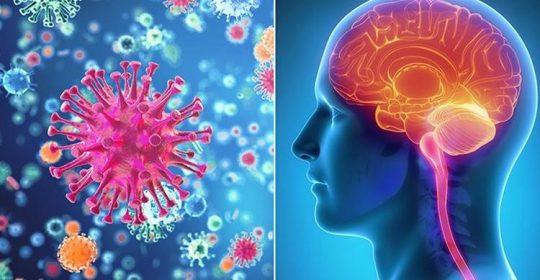
6 Things You Didn’t Know About Meningitis
What is Meningitis?
Meningitis is the inflammation of the membranes that surround your brain and spinal cord. The swelling typically triggers symptoms such as fevers, headaches and a stiff neck. Meningitis has different causes but can be treated by neurologists effectively when diagnosed early.
Most cases of meningitis are caused by viral infections, but other causes can include bacterial, parasitic or fungal infections. Some cases do improve without the need for treatment within a few weeks, but others can be life-threatening and will require emergency antibiotic treatment.
If you have limited or no knowledge of Meningitis, it is highly recommended that you take the time to educate yourselves on the disease and become more knowledgeable. Here are 6 things you should know.
1. There are different causes of meningitis for different people
There are several factors that can put certain people at greater risk for meningitis. This can include people who live in close proximity, those who have a head injury or those who have immunosuppression. Different groups of people can also have different types of meningitis. Newborn babies are typically affected by Group B Streptococcus, while adults are more likely to have Pneumococcal Meningitis. Adolescents are at risk for Meningococcal Meningitis, and adults over 50 years old, as well as pregnant women, are more susceptible to Listeria Meningitis.
2. There is no specific treatment for viral meningitis
There is no known treatment for viruses that cause meningitis. For certain viruses, antivirals will be prescribed, but antibiotics have been proven to be ineffective against viruses. Some cases of viral meningitis will see a recovery without medical attention anywhere from 5 days to 2 weeks, but other cases have longer recovery times.
3. While uncommon, meningitis can be fatal
Cases of bacterial meningitis are relatively rare but can have fatal outcomes. It is the most serious type of meningitis and can lead to death in some cases, but can also cause permanent disabilities in others, such as brain damage, deafness, nervous system problems and even the loss of limbs.
4. 1 in 10 people carry the bacteria that can cause meningitis
Neisseria meningitidis is a bacteria that’s known for causing meningitis. 1 in 10 people will carry the bacteria in the back of their nose and throat without realizing that they’re ill. It can then be spread to other people when they come into close contact, but it is not as contagious as the germs that cause the common cold or the flu.
5. Early symptoms are similar to those of the flu
Early symptoms of meningitis can appear over the course of a few days and are usually dismissed as symptoms of the flu or a cold. These symptoms include headaches, fever, nausea or vomiting, sensitivity to light, cold hands and muscle pain. It’s important to know of all the possible signs and symptoms in order to diagnose the disease early and it is advised to seek medical treatment if you suspect an illness that is more fatal than a cold.
6. It is possible to have reoccurring viral meningitis
While this may be rare, some people will have viral meningitis several times in their lives. This is called Mollaret’s meningitis and is characterized by repeated episodes of the disease which lasts around 3 to 4 days. The symptoms of Mollaret’s meningitis are the same as viral meningitis but can also include hallucinations, double vision and a rapid heartbeat. Those with reoccurring viral meningitis can be left with permanent disabilities, and with each case of Mollaret’s meningitis comes the risk of further disability.

